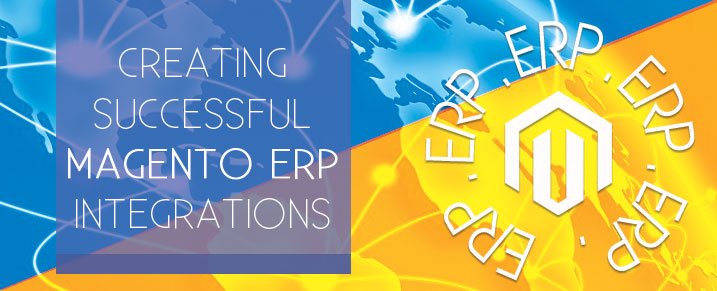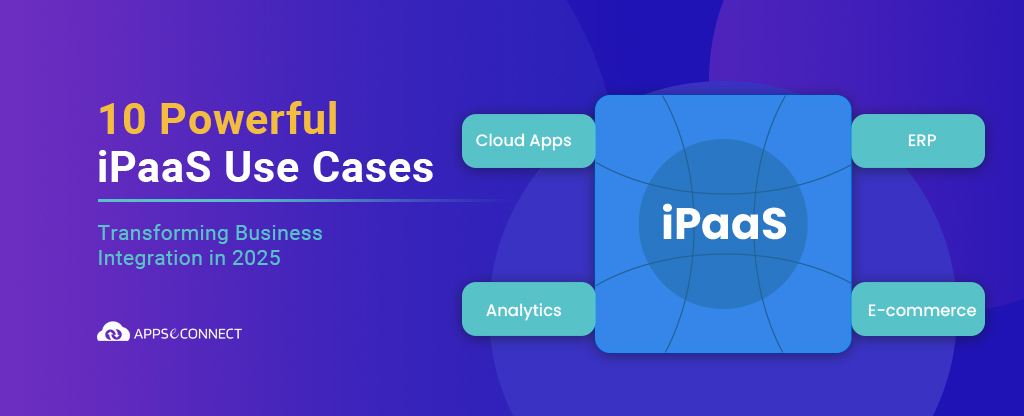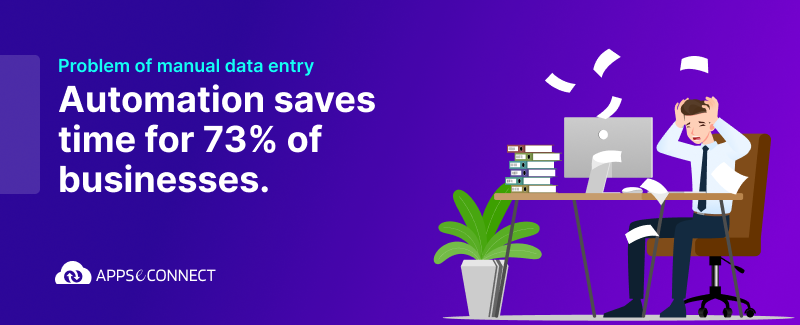
To open an online business, you need a platform for which Magento is one of the best bet you can think off at the present scenario. Online business has many departments to cater for this an ERP software’s is essential. Today we have many options to choose from but for creating a successful Magento ERP integration we require best of breed solution.
Firstly it is important for you to understand Magento, for example, the features and support provided in this platform. There are certain things one needs to consider that Magento has two versions, one which is the community and the other is enterprise, do tally the difference to suit your online store.
Secondly, understand which ERP system can suit your Magento store, choose accordingly. It’s you who understands your own business needs, these ERP systems have their own customer-specific integration. There are many ERP software’s available in the market for creating successful Magento integration, do check them before you implement.
Now a day’s business are climbing to the next level from retail to online. Magento is undoubtedly the incredible place for your eStore.
Here are few “do’s & don’t” for a successful integration:
- Do spare enough time to analyze the two systems after implementing Magento with ERP.
- Do take a note of functions required to run the online store successfully so that you can integrate with your system.
- Do train your employees to handle the system as many of them could be a newbie to this technology.
- Don’t customize unless there is a requirement in the system.
- Don’t comprise in costing as for the long run, you will get a clear view about the process.
- Don’t allow random employees to handle, hire an experienced candidate who can control the data.
Here are few tips for creating successful Magento ERP integration:
- API usage helps in the security of the data, it is the gateway to extract data without opening the database on the internet.
- Magento has the strength to handle the configurable products. Basically, there are two ways of handling it within the Magento API. Firstly these facilities require to be ordered separately to get details like pricing, quantity description etc. Secondly, an address is required to map the products in the ERP system.
- You can control the order workflow via order statuses which are an extension that permits you to send transactional emails against the order status.
Do understand your need like do you require both ways integration, which means the Magento will pass the data to ERP and vice versa. There are options like embedded ERP which is an extension that caters few backend related work, whereas a proper ERP software will feed all backend work. Choose the right ERP for successful integration, use a connector if the sales volume is high. For a free flow hassle free work, it is important to create a successful Magento ERP connection so that every update take place in real time and help you to shape your business. It is always advice to use best of breed solutions.




















